In 1984, the Bulletin of the Atomic Scientists moved the “doomsday clock” to three minutes before midnight, noting a turn for the worse in cold war tensions. “U.S.-Soviet relations”, they noted, “reach their iciest point in decades.”
Heedless of the world of humans, pods of Beluga Whales converged on the Chukchi Sea in pursuit of great schools of cod.
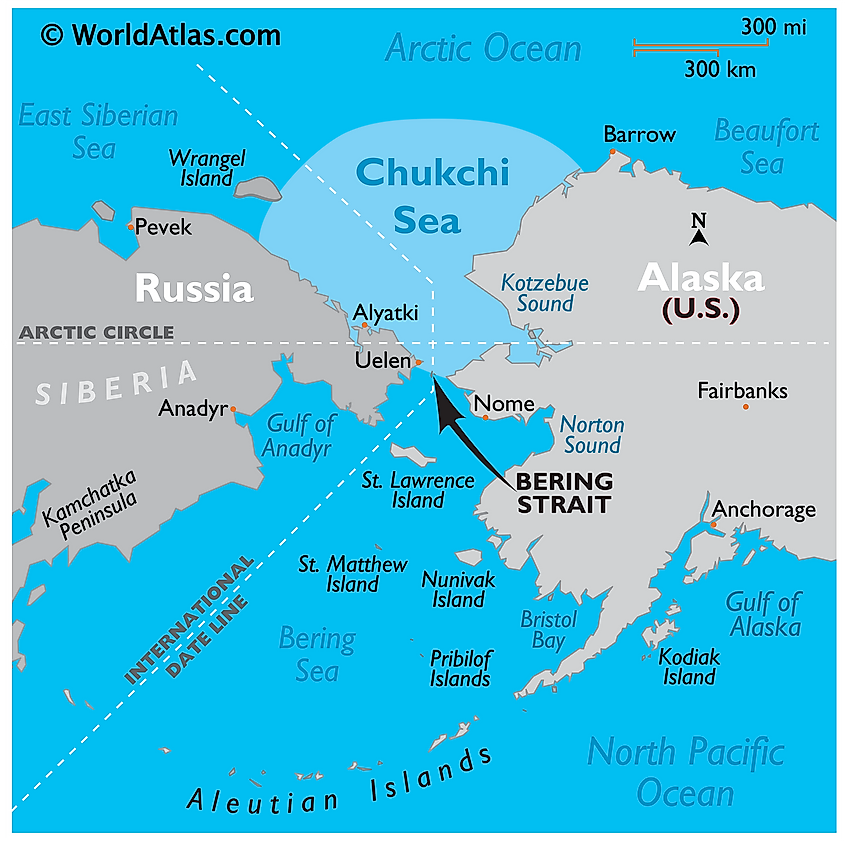
With a genus name stemming from the Russian word for “white”, Belugas populate the circumpolar region at the top of the world, from Greenland to Alaska.
Specially adapted to life in the far north, the “dolphin of the Arctic” has no dorsal fin, an adaptation helpful for swimming under ice.
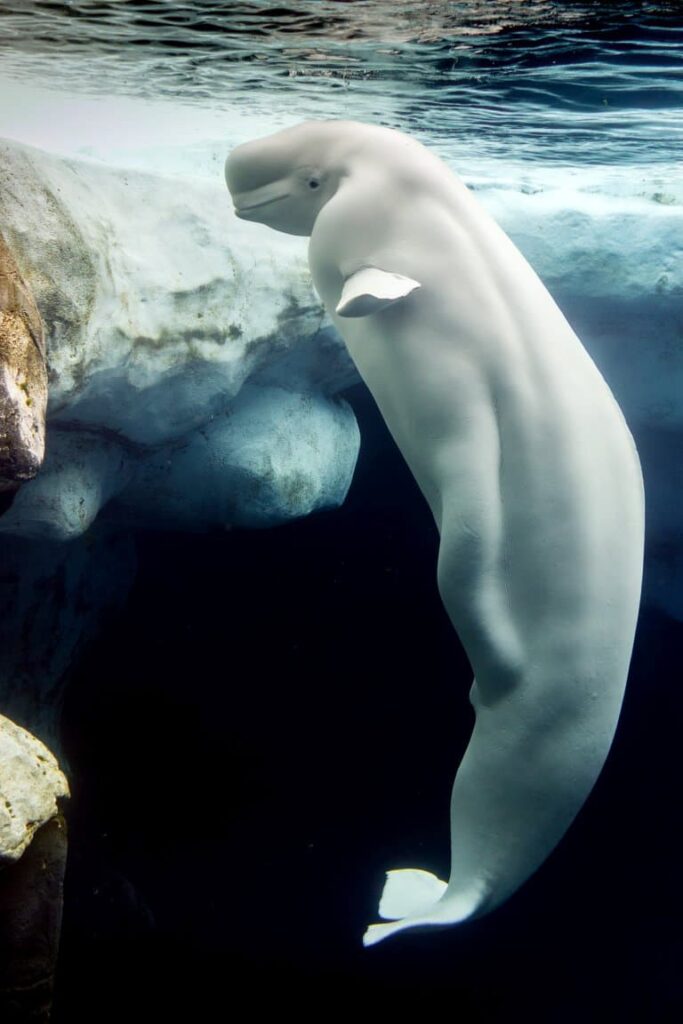
Belugas moult, like snakes, scraping themselves along bergs and rocks to shed thick winter skins as water temperatures rise and fall.
Smallest of all cetaceans, the adult male ranges from 18 to 20 feet in length and weighs in around 3,500 pounds. Their lips curled in a perpetual grin, these “canaries of the sea” live in small groups called “pods” but can gather in the thousands in pursuit of food. Such as cod.
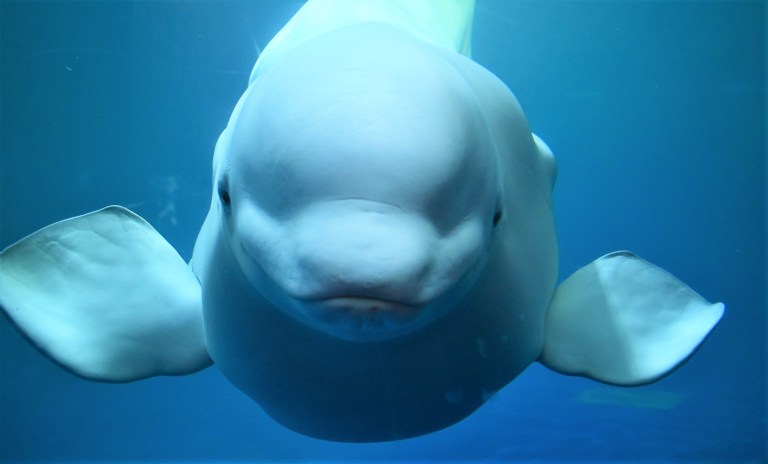
Which brings us back to 1984. A great pod gathered that December, in pursuit of enormous schools of cod. Meanwhile, on the surface, bitter cold combined with howling winds to drive great mounds of sea ice into packs up to 12 feet thick.
The White Whale will use the fatty protruberance or “melon” on top of his head to break air holes through as much as 4 to 5 inches of sea ice. With top speeds around 17mph, they’re able to hold their breath for 20 minutes, but sooner or later, these creatures need to breathe.
As conditions worsened throughout the Chukchi Sea, the air breathing mammals found themselves trapped with tiny air holes with 17 miles to go to open water.
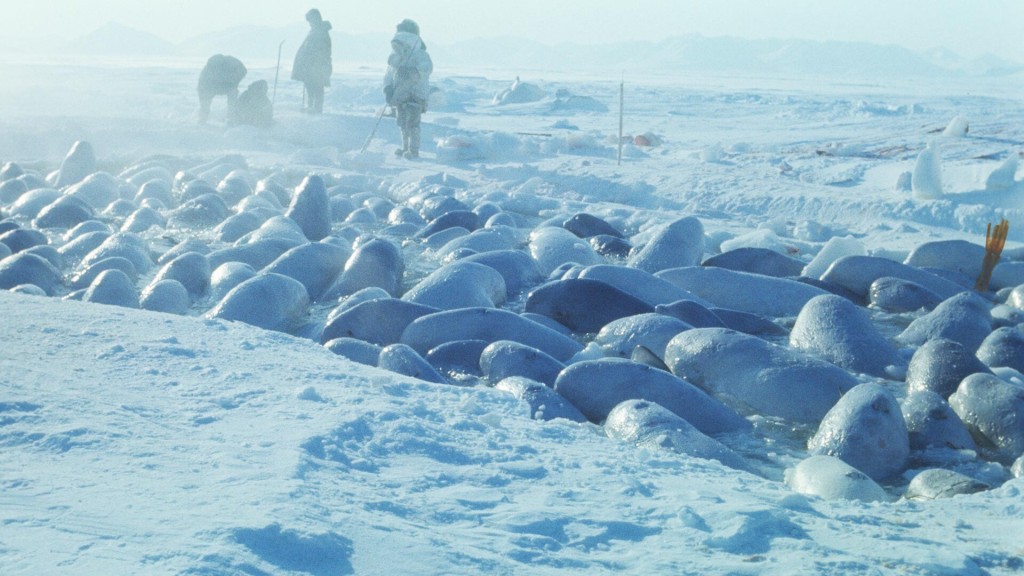
Hundreds gathered at shrinking air holes while untold hundreds more drowned or starved, unable to make it beyond that interminable ice pack.
Subsistence hunters were at first overjoyed to find such abundance of meat, but no one knows better than they. There is no future in the destruction of a species.
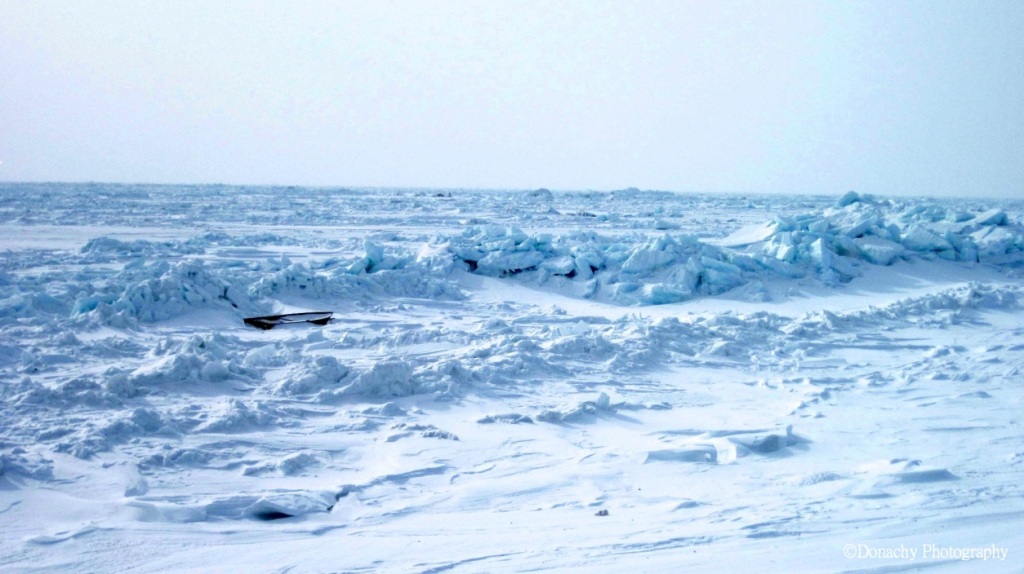
The call went out for help as groups of all sizes did what they could to keep breathing holes from closing. Helicopters arrived from overhead to drop frozen fish.
Normally charged with clearing routes through the Bering Strait, the great ice breaker Moskva was summoned to the scene.
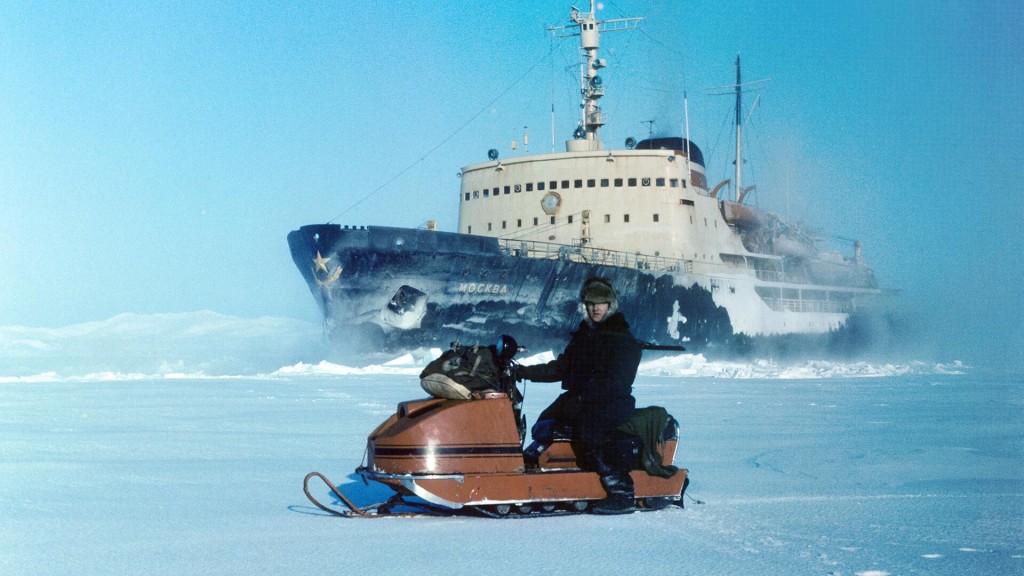
With 15 miles of pack ice and steadily worsening conditions, commanding officer Captain Kovalenko twice considered turning back. Snowmobiles and special spotter planes guiding her in, Moskva lumbered on toward rescue, arriving at last on February 22.
To no avail. Squealing and cowering in terrified circles, the creatures took four days even to acclimate to the presence of that strange and noisy vessel.
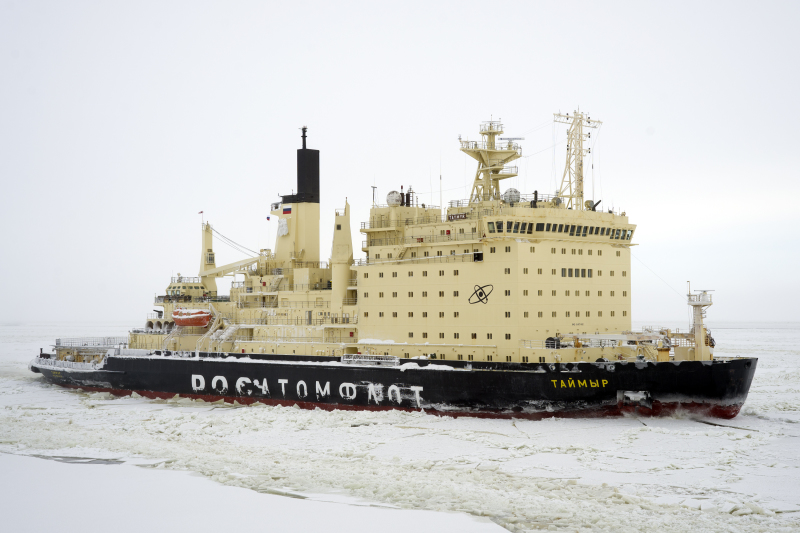
At last, the odd procession began to move. Let Captain Kovalenko describe the scene: ”Our tactic is this: We back up, then advance again into the ice, make a passage, and wait. We repeat this several times. The belugas start to ‘understand’ our intentions, and follow the icebreaker. Thus we move kilometer by kilometer.”
Someone recalled that Belugas, like all whales, communicate through sound. Captive animals have even shown themselves responsive to music.
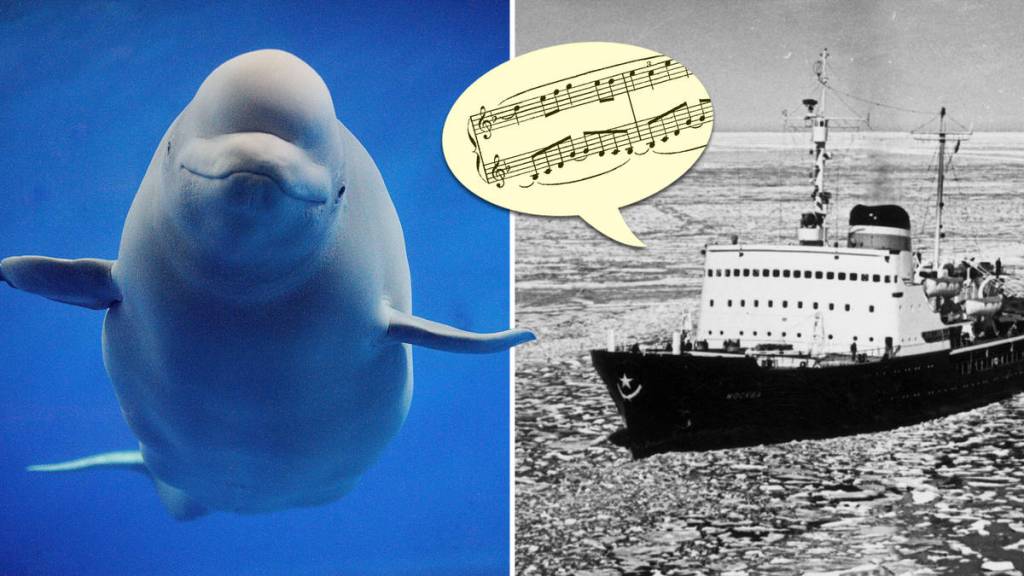
So it was across her loudspeakers that music began to play. Rock & Roll, Russian folk tunes, marshall music, but the whales were especially responsive to classical.
Shostakovich and Rachmaninov blaring across the still arctic air, slowly, the creatures began to follow. The New York Times reports, “In time the whales became fully accustomed to the ship.”
“They began coming up to the ship themselves,” Izvestia wrote. ”They hemmed it about from all sides. They were happy as children, jumping, spreading out all over the ice field.”
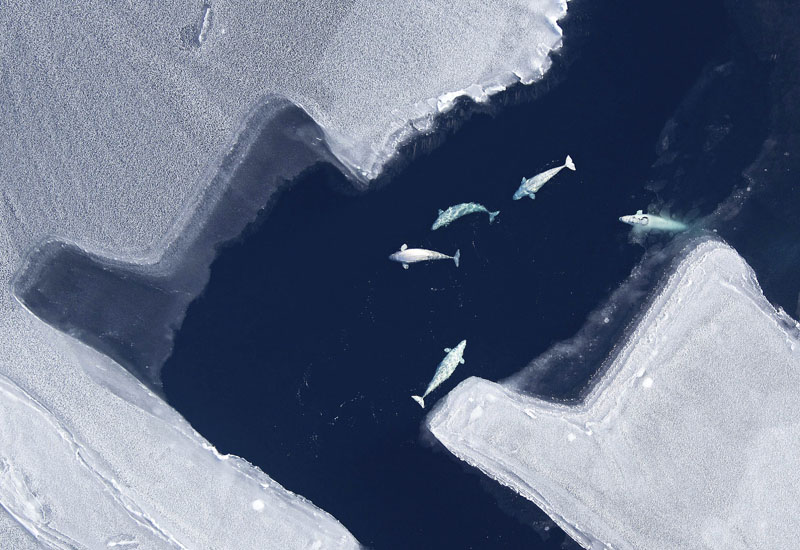
This most unusual of all journeys at last came to an end in late February, in open water.
Far away in distant capitals, politicians held the nuclear gun to all of our heads as the cold war dragged on. Meanwhile under some distant and frigid sea, these beautiful animals were free to live on.
With lifespans known to run 35-50 years in the wild, chances are some of these very creatures are out there still.
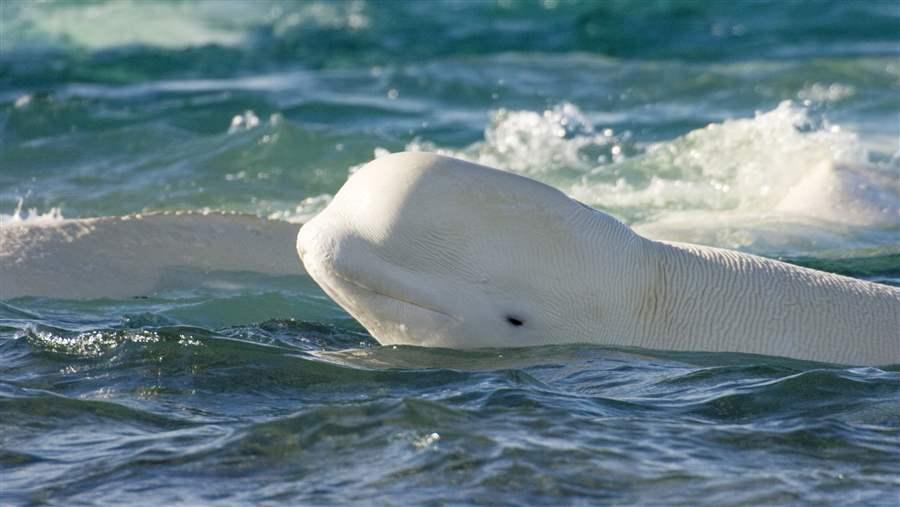

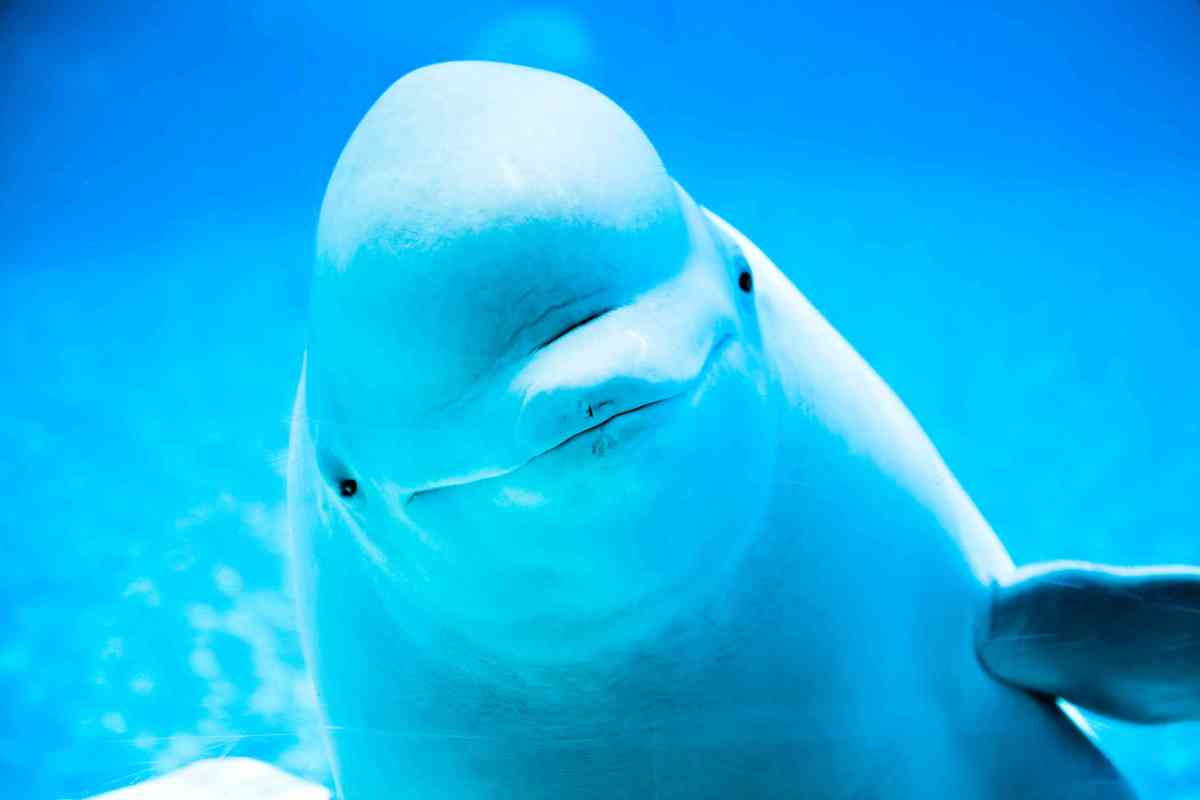


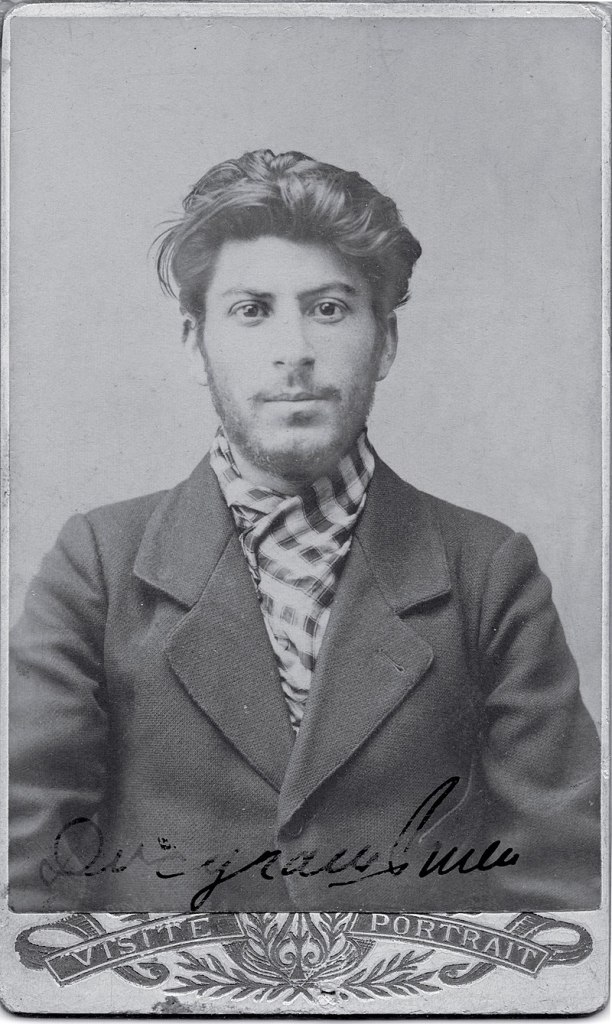

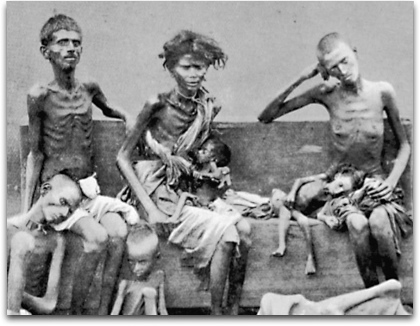
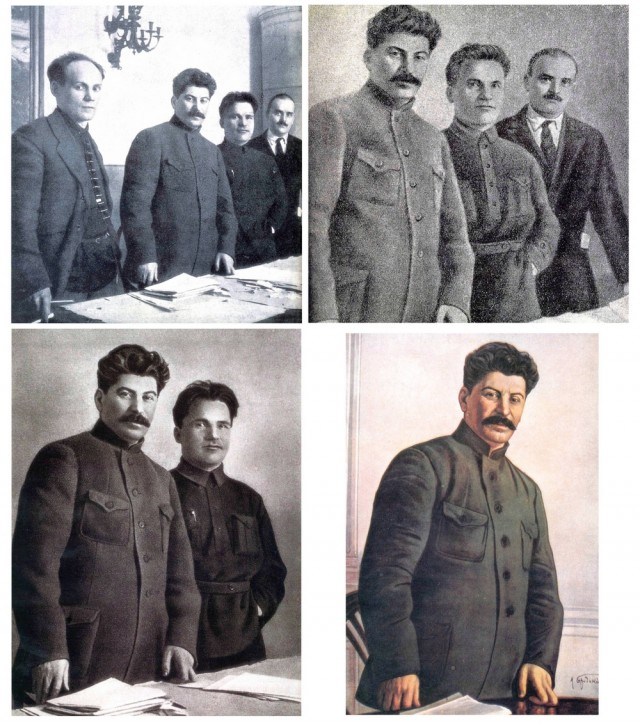
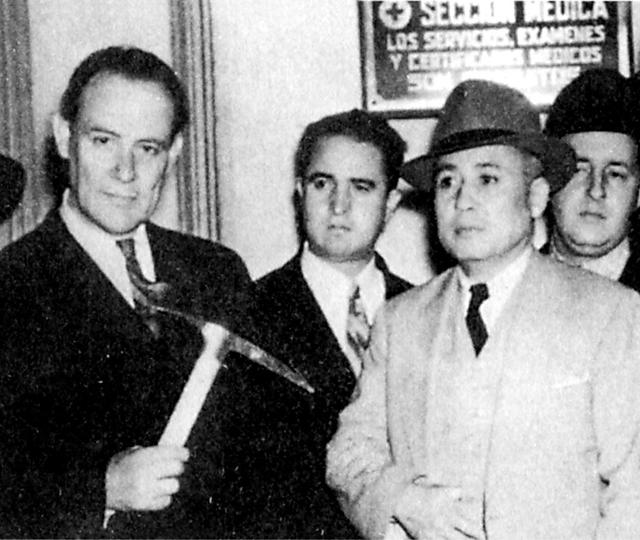
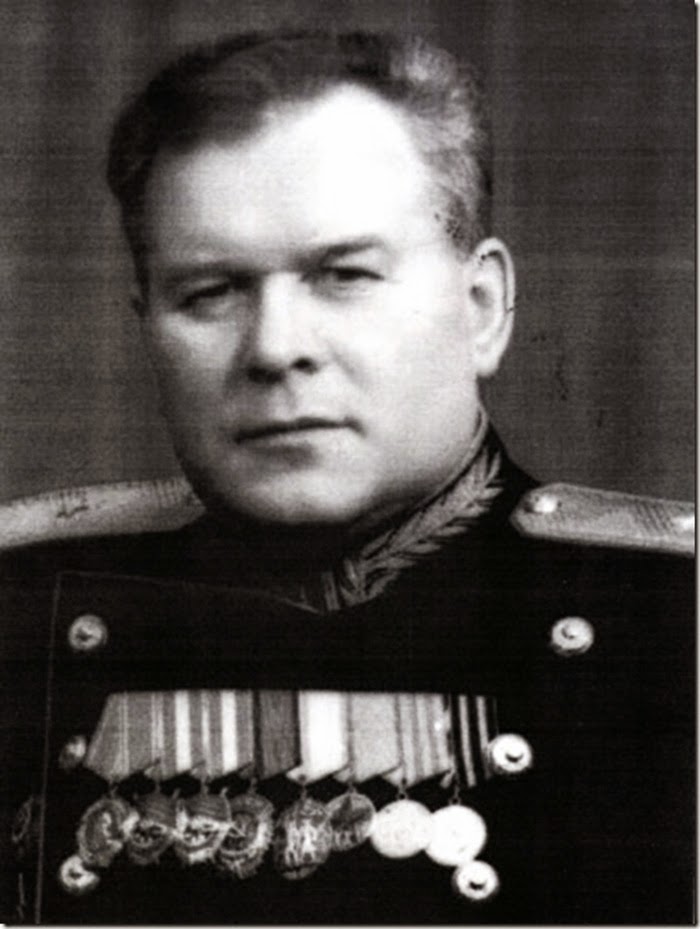
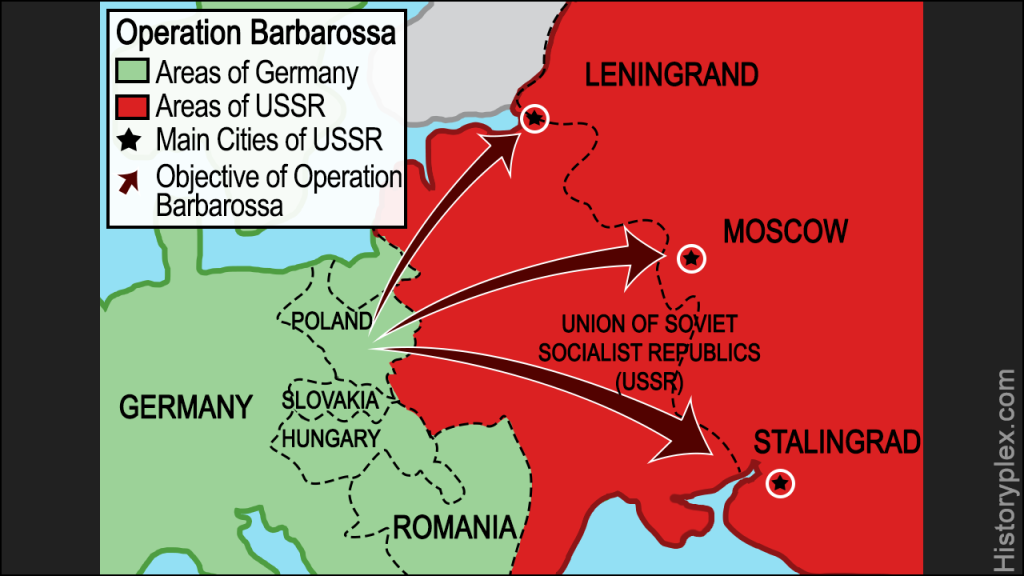
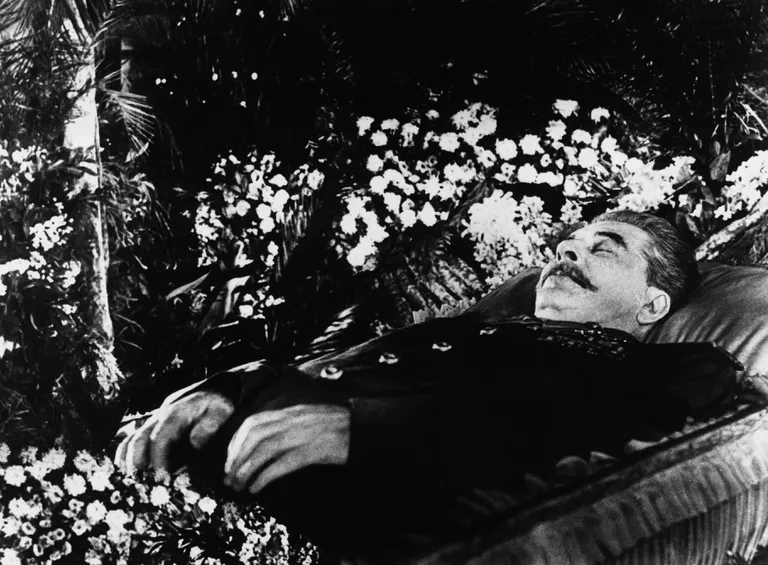

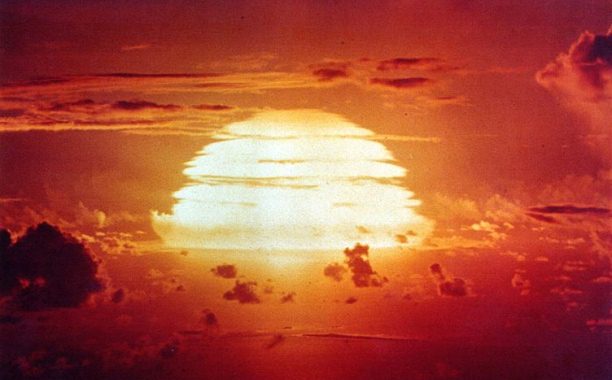
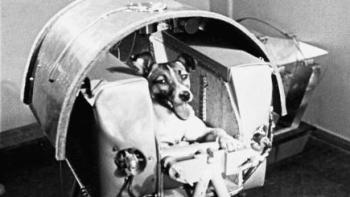



















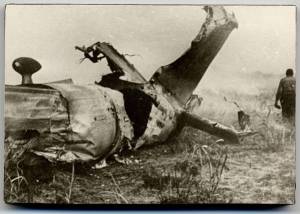









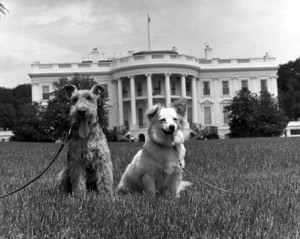







 Armed “dekulakization brigades” confiscated land, livestock and other property by force, evicting entire families. Nearly half a million individuals were dragged from their homes in 1930-’31 alone, packed into freight trains and shipped off to remote areas like Siberia and often left without food or shelter. Many of them, especially children, died in transit or soon after arrival.
Armed “dekulakization brigades” confiscated land, livestock and other property by force, evicting entire families. Nearly half a million individuals were dragged from their homes in 1930-’31 alone, packed into freight trains and shipped off to remote areas like Siberia and often left without food or shelter. Many of them, especially children, died in transit or soon after arrival.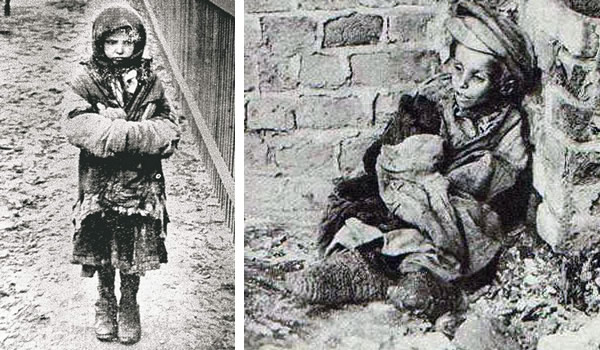
 At the height of the famine, Ukrainians starved to death at a rate of 22,000 per day, almost a third of those, children 10 and under. How many died in total, is anyone’s guess. Estimates range from two million Ukrainian citizens murdered by their own government, to well over ten million.
At the height of the famine, Ukrainians starved to death at a rate of 22,000 per day, almost a third of those, children 10 and under. How many died in total, is anyone’s guess. Estimates range from two million Ukrainian citizens murdered by their own government, to well over ten million.
 To this day, the New York Times has failed to repudiate Walter Duranty’s Pulitzer.
To this day, the New York Times has failed to repudiate Walter Duranty’s Pulitzer.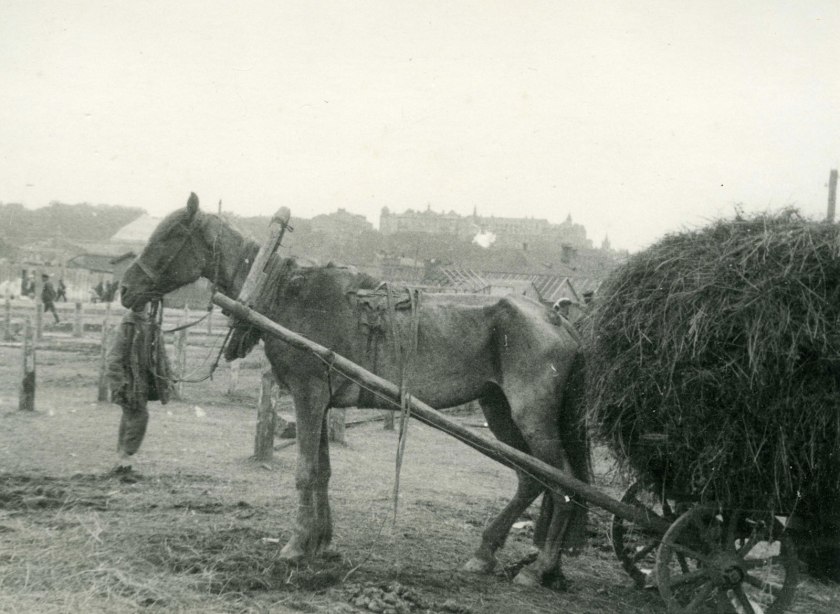 To do so at all was an act of courage. single Jewish woman who’d lost part of a leg in a childhood streetcar accident, traveling to a place where the Russian empire and its successor state had a long and wretched history. Particularly when it came to the treatment of its own Jews.
To do so at all was an act of courage. single Jewish woman who’d lost part of a leg in a childhood streetcar accident, traveling to a place where the Russian empire and its successor state had a long and wretched history. Particularly when it came to the treatment of its own Jews.
 The Holodomor Memorial to Victims of the Ukrainian Famine-Genocide of 1932–1933 was opened in Washington, D.C. on November 7, 2015
The Holodomor Memorial to Victims of the Ukrainian Famine-Genocide of 1932–1933 was opened in Washington, D.C. on November 7, 2015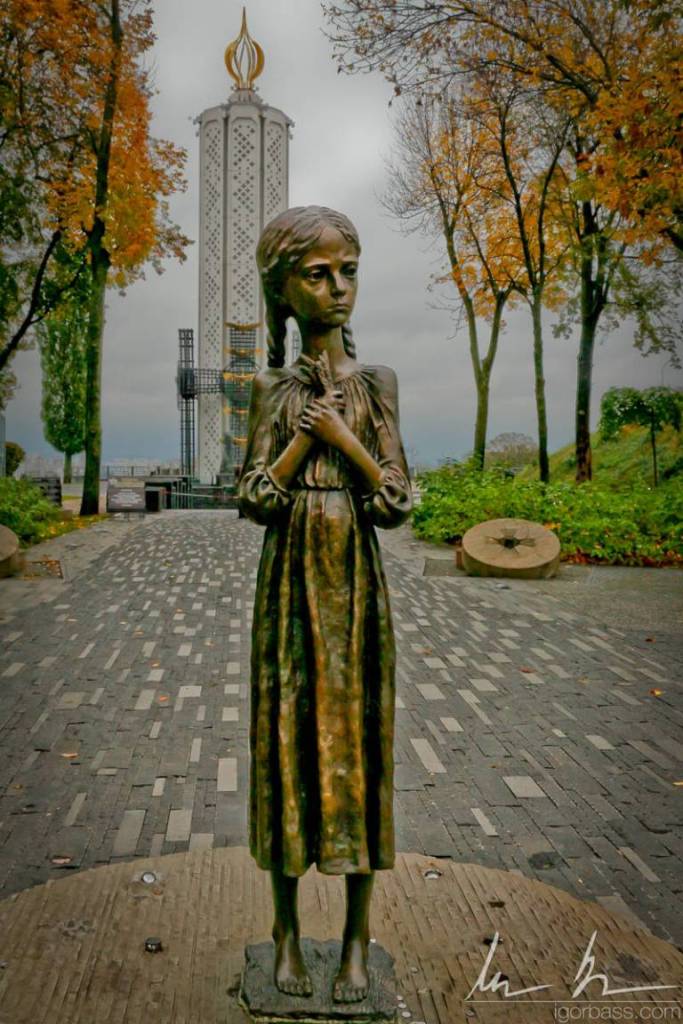







You must be logged in to post a comment.